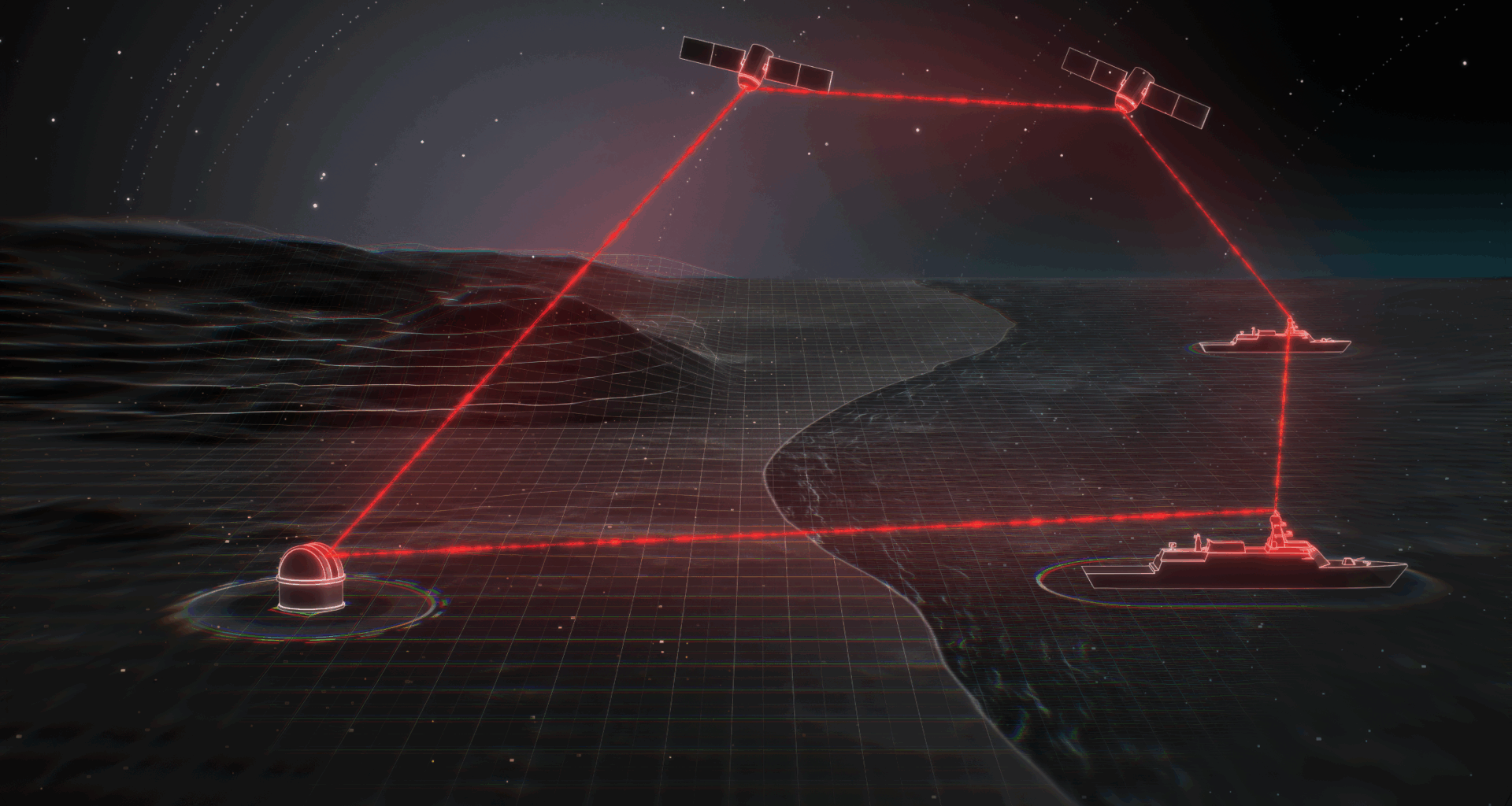WARSAW, Poland — The European Space Agency and Lithuanian space startup Astrolight are building the first optical ground station (OGS) in Kangerlussuaq, Greenland as a way to bolster ground communications and to help protect against signal interference or piracy.
Based on laser technology, the station is to provide greater space-to-ground connectivity than radio frequency (RF), enhance disaster detection and rescue and support critical infrastructure management. The company did not disclose the value of the contract.
Established in 2019, Astrolight specializes in laser-based communication systems for space, ground, air and sea domains, using communication terminals for space-to-space, space-to-ground and ship-to-ship links. The company expects the new facility to be constructed by the end of 2026, enabling the OGS to serve as a crucial node between satellites orbiting Earth’s polar region and ground-based data networks. The station will primarily provide its services to customers active in the fields of telecommunications and Earth observation, such as space agencies, governmental institutions and commercial satellite operators focused on the collection of optical, hyperspectral, radar and infrared imaging data.
Laurynas Mačiulis, the co-founder and chief executive of Astrolight, told SpaceNews that the Arctic is one of the world’s most remote and poorly connected regions, which makes it challenging to build and maintain critical infrastructure there.
“This lack of connectivity slows down everything that depends on timely information. The optical ground station would help close that gap, enabling satellite data to reach decision-makers much faster,” Mačiulis said. “This means quicker responses in areas where time is critical, such as disaster detection and prevention, environmental monitoring and search-and-rescue operations.”
“Faster data means faster action, and ultimately, greater safety and resilience for the entire region. Being stationed in Greenland also gives it a strategic advantage, as all orbital paths fly over the Arctic region, meaning frequent and high-quality satellite links,” Mačiulis added.
The U.S. Space Force operates the Pituffik Space Base in Greenland’s northwest. However, the Kangerlussuaq OGS will be situated on the island’s southwestern coast, roughly 1,200 km (760 miles) from Pituffik.
Financed under the ESA’s Advanced Research in Telecommunications Systems Optical and Quantum Communications – ScyLight program, the facility marks the northernmost station of its kind and the first one to be established in Greenland. Under the plan, the OGS in Kangerlussuaq will be fitted with advanced laser communication technology allowing data transfer from low Earth orbit (LEO) satellites at higher data rates and more cost-effectively than traditional RF ground stations.
“Data transferred from space to Earth is projected to increase 14-fold over the next decade to more than 500 billion gigabytes, so the existing RF stations will no longer be sufficient to transmit so much data and will require a switch to optical spectrum, similar to the switch to fiber Internet on Earth,” Mačiulis said. “Astrolight’s working to address this as a key bottleneck: as traditional RF communications struggle to keep up, laser-based links deliver much higher throughput, reduced cost per GB and enhanced information security.”
Astrolight said in a public statement it is also planning to integrate backup distribution channels using LEO and geostationary orbit satellite relays, reinforcing the overall reliability of space-to-ground data connections in the Arctic.
Mačiulis said that Astrolight is aiming to scale up production and sales of its Polaris naval laser communication terminals and Atlas space terminals in 2026 while also developing additional capabilities for space-to-space optical connectivity.
Astrolight closed a seed round of €2.8 million ($3.2 million) led by tech investor Balnord in May 2024, with the participation of other entities which included the Export and Investment Fund of Denmark (EIFO), Coinvest Capital and the company’s existing investors 3NGLS and Rita Sakus. The investment will enable the company to accelerate the development of a laser-based end-to-end communication platform that will connect satellites to Earth, Astrolight said in the public statement.
Related

